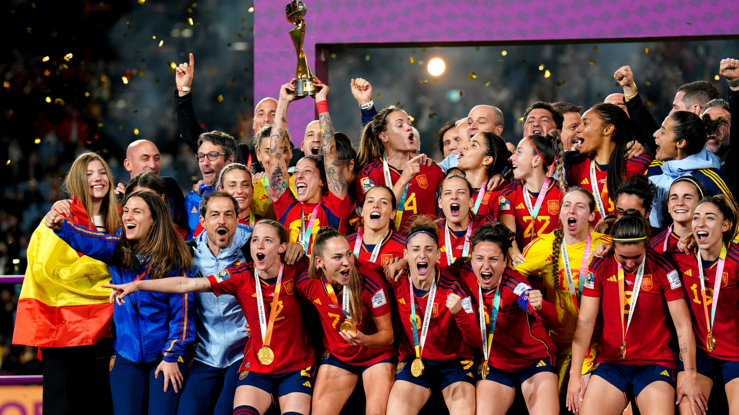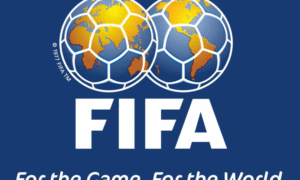Beginning with the 2031 tournament, the FIFA Women’s World Cup will see a major increase from 32 to 48 teams. The FIFA Council unanimously approved this adjustment, which FIFA recognized on Friday. It fits the format of the men’s competition. The choice is in line with women’s football’s phenomenal global expansion and growing appeal, which has been fueled by improved play and fan interaction in recent years.
Under this new format, the tournament will be organized into 12 groups, a strategic shift that will increase the total number of matches from 64 to a staggering 104. Additionally, by extending the tournament by one week, more teams will be able to compete and more matches will be played, which will increase the competition’s exposure and audience. Gianni Infantino, the president of FIFA, said he was excited about the shift, pointing out that it comes after the 2023 Women’s World Cup in Australia and New Zealand was a huge success, with Spain breaking several records in addition to winning.
Infantino emphasized that the 2023 tournament was a major turning point for women’s football because five confederations advanced to the knockout stages and all confederations had teams who won at least one game for the first time. This accomplishment raises the bar for international women’s football competition and strengthens FIFA’s
The 2027 Women’s World Cup, set to take place in Brazil, will remain at 32 teams, marking its 10th edition. FIFA has not yet formally confirmed the host nations for the 2031 and 2035 tournaments, but the United States is expected to be the only contender to host the 2031 event. The United Kingdom is actively pursuing the opportunity to host the event in 2035, particularly in light of England’s successful 2023 campaign as Finalists.
At the 2026 World Cup, which will be co-hosted by the United States, Canada, and Mexico, the women’s competition will first grow to 48 teams, following in the footsteps of the men’s game. In allowing more clubs and players to showcase their abilities on one of the biggest stages in the sport, this bold move is a major step forward for the global development of women’s football.



























